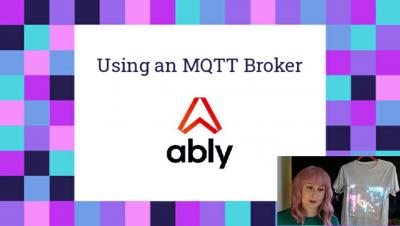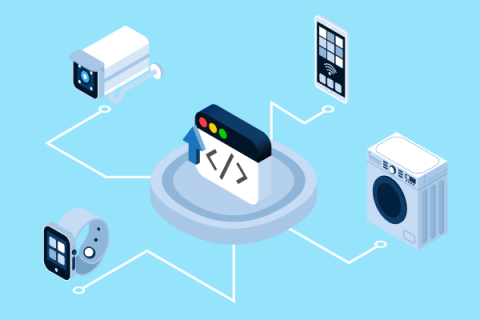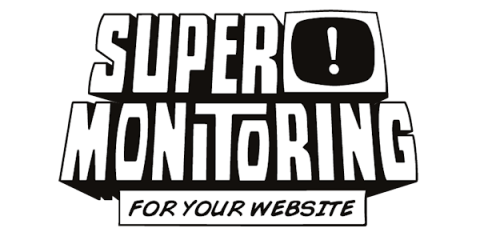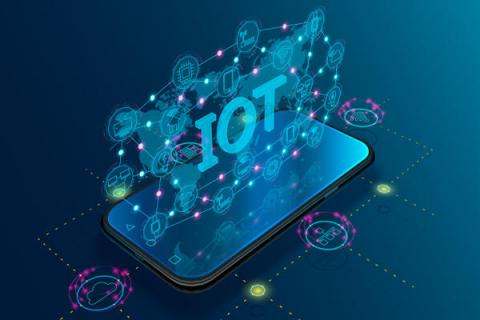Systems | Development | Analytics | API | Testing
IoT
Accelerating Digital Transformation with IoT
If your business is in the process of digital transformation, IoT technology may be factoring into your plans. IoT gives organizations across industries new opportunities to foster a more direct connection with customers. It lets them collect new data, turn that data into insights, and then turn insights into action. IoT has become so prevalent that companies in most industries can’t afford to put off adopting it.
Driving Digital Twin adoption with LC/NC App development for IoT
In the age of a new normal, remote monitoring and control have become a necessity across the enterprise. The prominence of IoT extends beyond its traditional purpose of sense and integration, evolving to complete end-to-end Enterprise Digital applications that represent physical assets, processes, and environment as a replica in a virtual representation.
Accelerating Insight and Uptime: Predictive Maintenance
Historically, maintenance has been driven by a preventative schedule. Today, preventative maintenance, where actions are performed regardless of actual condition, is giving way to Predictive, or Condition-Based, maintenance, where actions are based on actual, real-time insights into operating conditions. While both are far superior to traditional Corrective maintenance (action only after a piece of equipment fails), Predictive is by far the most effective.
Top 7 IoT Tools & Platforms for App Development
The connected reality of gadgets presented by the Internet of Things (IoT) can no longer be considered as just a buzz as it has already transformed our living to a great extent. The connected things made our homes, workplaces, and transportation smarter. No wonder IoT apps are now one of the most popular app categories. As the latest statistics reveal, the global market share of IoT apps is expected to touch a whopping 520 billion USD by the end of 2021.
How to Visualize & Accelerate Digital Twins IoT Development
The Internet of Things (IoT) is changing the way we physically and digitally interact in the world. With the global IoT market projected to reach nearly $2 trillion by 2028, developers are looking for ways to take advantage of the increasing demand and gain a cutting edge. For many teams, IoT development combined with using digital twins for verification allows them to make better decisions during development and visually market their devices after launch. How?
The 4 keys to a successful manufacturing IIOT pilot
If you have read our previous post focusing on the challenges of planning, launching and scaling IIOT use cases, you’ve narrowed down the business problems you’re trying to solve, and you have a plan that is both created by the implementation team and supported by executive management. Here’s a plan to make sure you’ve got it all down. Think of these success factors like the legs of a kitchen table and the results that you desire, a bowl of homemade chicken soup.
Pushing Past Pilot Paralysis to Launch and Scale IIOT Use Cases
With billions of industrial IoT (IIOT) devices in place, generating massive volumes of data from “the edge,” the potential for proof of concept success for use cases in the factory can be paralyzing. While the value of this digital revolution, aka Industry 4.0, is clear, realizing the full promise has been slow. Research and real-life experience from Accenture shows that many manufacturers get stuck early on or can’t get beyond proof-of-concept pilots to scale.








